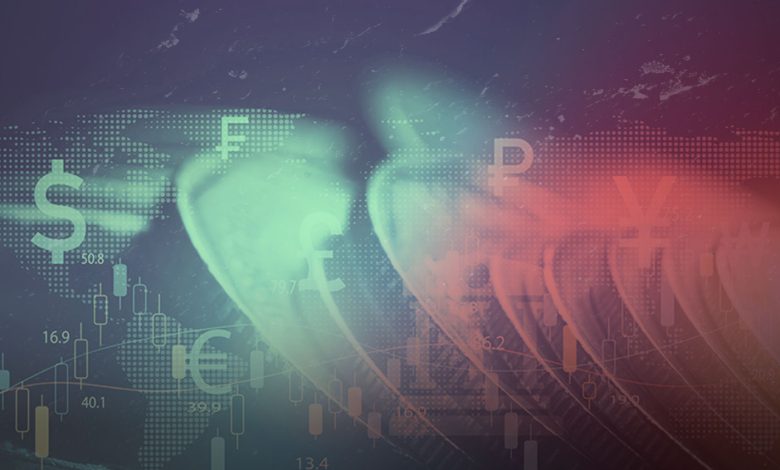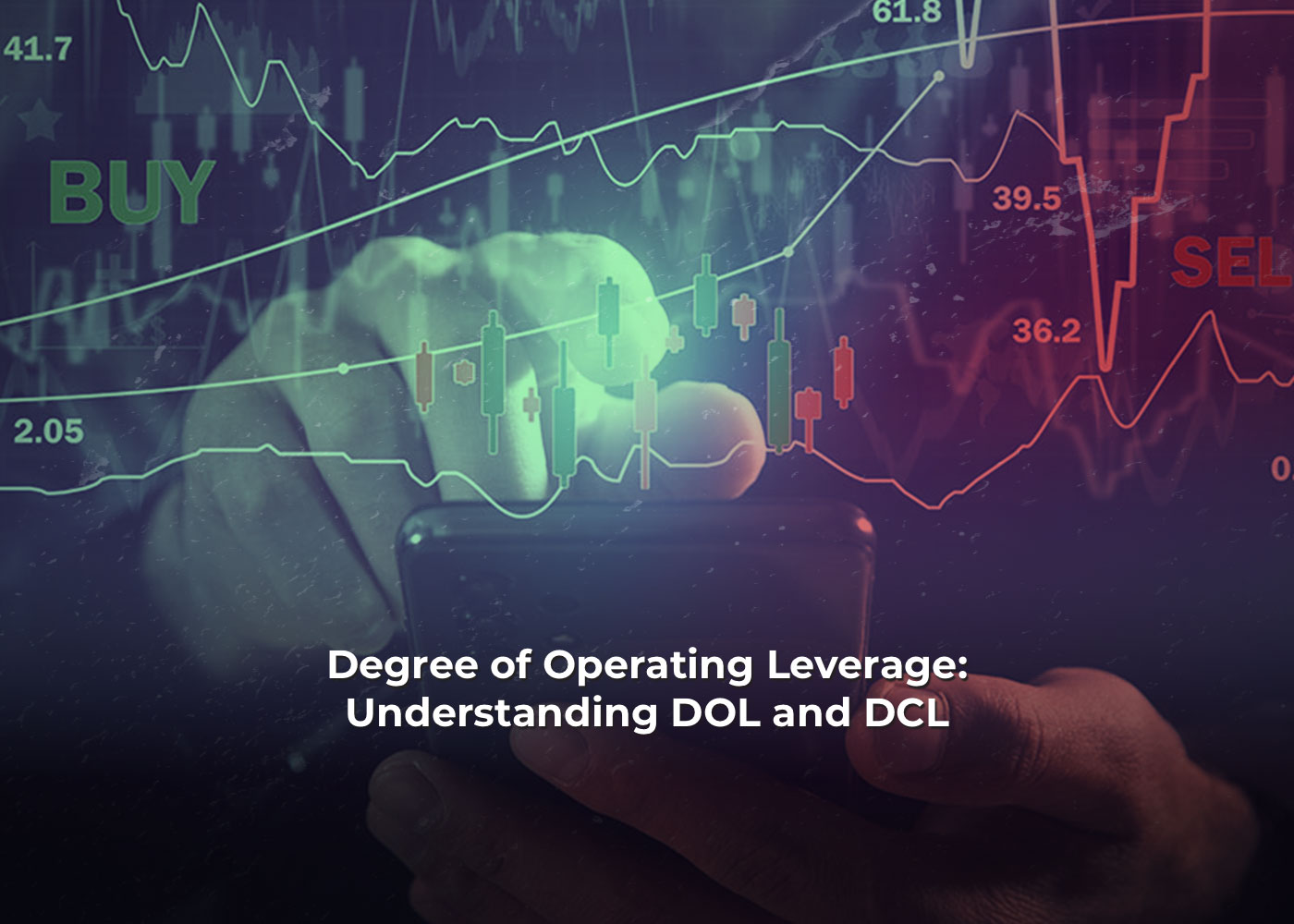Degree of Operating Leverage: Understanding DOL and DCL
The degree of operating leverage (DOL) holds a significant key to understanding how a company's earnings respond to changes in sales . It is a powerful multiple that measures the sensitivity of a company's operating income to fluctuations in sales volume . But what exactly does it mean? This article will answer your questions regarding it .

The degree of operating leverage (DOL) holds a significant key to understanding how a company’s earnings respond to changes in sales . It is a powerful multiple that measures the sensitivity of a company’s operating income to fluctuations in sales volume . But what exactly does it mean? This article will answer your questions regarding it .
Decoding the Impact of DOL on Company Earnings
Companies with a higher degree of operating leverage have a larger proportion of fixed costs compared to variable costs . Fixed costs, as the name itself suggests don’t change with production volume while variable costs fluctuate in direct proportion to changes in production . This dynamic creates an interesting scenario when it comes to earnings .
The DOL ratio basically helps analysts to determine the potential impact of any change in sales on a company’s earnings . Assuming all other variables remain constant: the higher the DOL is, the more sensitive a company’s earnings before interest and taxes (EBIT) become to changes in sales . In even a simpler term a company with high operating leverage experiences greater swings in profitability when sales alter .
Unveiling the Degree of Combined Leverage (DCL)
To get a fuller picture of a company’s ability to generate profits from sales we need to look beyond operating leverage alone . This is where the degree of combined leverage (DCL) comes into play . It takes into account both the degree of operating leverage (DOL) and the degree of financial leverage (DFL) to calculate the overall impact on a company’s earnings .
By multiplying the DOL by the DFL weighted by the ratio of the percent change in earnings per share (EPS) over the percent change in sales we can measure the combined effects of both operating and financial leverage on a company’s earnings . This formula allows us to understand the implications of different leverage combinations and their impact on a corporation’s bottom line .

The Importance of Leverage: Managing Risk and Rewards
It’s worth noting that not all corporations use both operating and financial leverage . But for those that do understand the degree of combined leverage is critical in assessing risk and potential rewards . A firm with a relatively high level of combined leverage is often times perceived as riskier than a firm with lower combined leverage . This is because higher leverage means more fixed costs for the company which increases the vulnerability to fluctuations in sales and other external factors .
Managing leverage effectively is key for businesses who want to optimize their profitability while lessening risk . Finding the right balance between fixed and variable costs is essential to ensure stability and sustainable growth .
Final Thoughts
Understanding the degree of operating leverage (DOL) and the degree of combined leverage (DCL) provides valuable insights into the relationship between sales, costs and earnings . It allows stakeholders to assess the impact of changes in sales volume on a company’s profitability and evaluate the level of risk associated with different leverage combinations .



